Tucked away in southern Italy, Matera has gone from a forgotten town to one of cinema’s most sought-after filming locations. I fell for this ancient city on my first visit, honestly stunned by the pale limestone buildings and cave dwellings that make the landscape feel almost frozen in time.
Because of its primeval scenery and rock-carved architecture, Hollywood keeps coming back to Matera to stand in for ancient Jerusalem. You’ll spot it in biblical films like Mel Gibson’s “The Passion of the Christ.”
Walking through Matera’s historic Sassi districts, I always feel like I’m on a movie set—because, well, sometimes I am! The city’s stone dwellings cling to rugged cliffs, and filmmakers just can’t resist that backdrop.
It’s not only biblical films either. Matera has appeared in recent blockbusters, including James Bond scenes. If you’re curious, I’d say try the “Matera Movie Walk” to get up close to these filming spots.
What sets Matera apart is how it balances Hollywood fame with real Italian life. This isn’t a studio lot—it’s a living city, and people have called it home for thousands of years.
As I wandered the narrow alleys and stone staircases, I understood why directors fly across the world just to capture its timeless beauty.
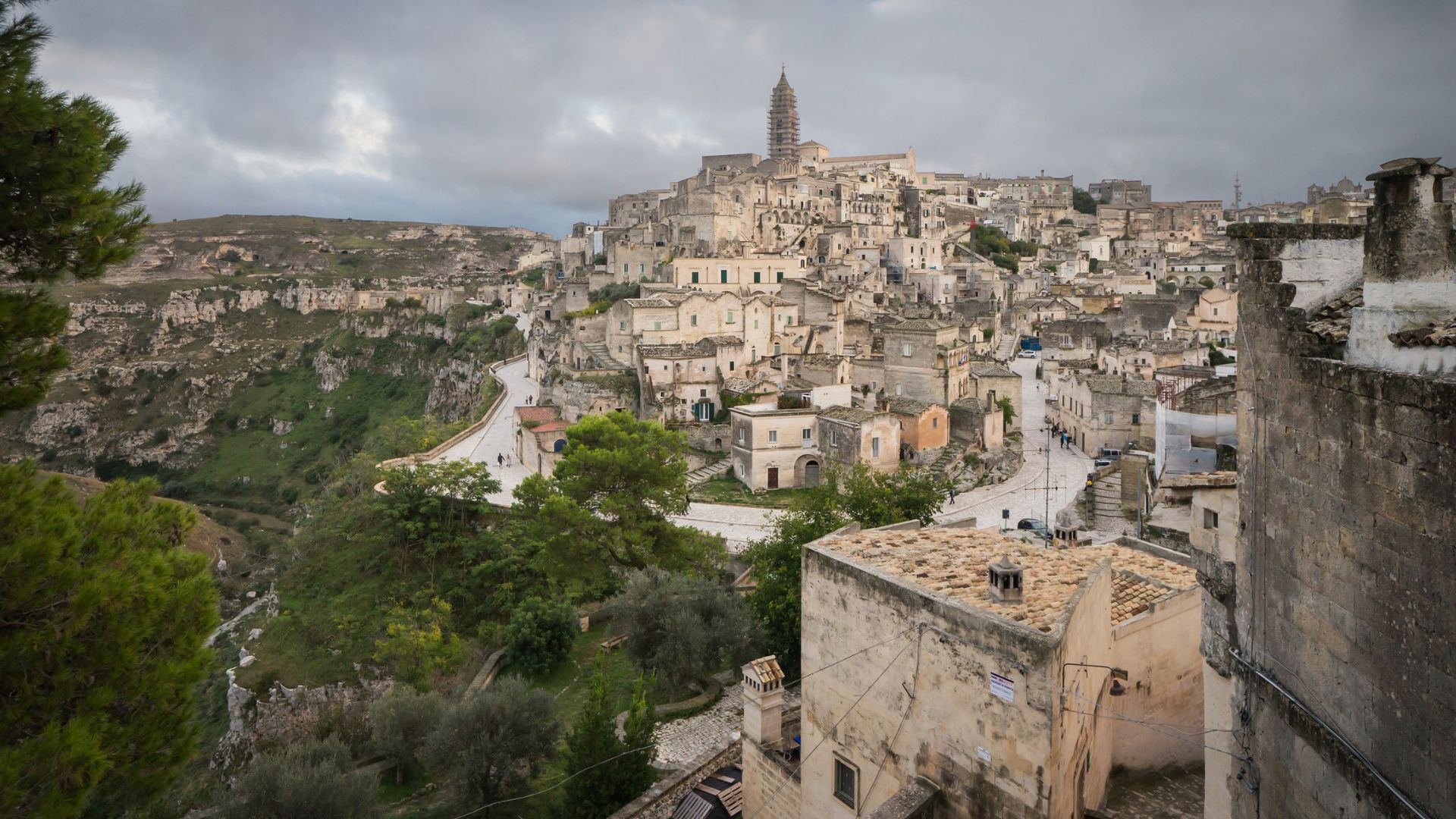
Matera’s Transformation Into a Biblical Backdrop
Hollywood keeps coming back to Matera’s ancient stone dwellings and rugged landscape. They’ve turned this once-overlooked Italian city into a favorite spot for biblical epics.
The city looks so much like ancient Jerusalem that directors use it to recreate biblical times with an authentic vibe.
The First Hollywood Productions
I first caught a glimpse of Matera in Pier Paolo Pasolini’s “The Gospel According to St. Matthew” (1964). That film saw the city’s cinematic potential and paved the way for others.
Walking those same narrow paths where Pasolini filmed feels like time travel.
Mel Gibson’s “The Passion of the Christ” (2004) changed the game. Gibson picked Matera, and suddenly the city landed firmly on Hollywood’s radar.
The film’s success brought international attention and proved how perfectly Matera fits biblical stories.
Other films followed, like “King David” (1985) and “The Nativity Story” (2006). Each one built up Matera’s reputation as the ideal setting for early Christian tales.

Why Matera Looks Like Ancient Jerusalem
The resemblance between Matera and ancient Jerusalem is honestly uncanny. Both cities have limestone structures built into hillsides, creating that layered, tiered effect that’s so striking.
Matera’s “Sassi”—the cave dwellings—go back thousands of years. These homes, carved right into the rock, create a landscape that feels otherworldly and just right for biblical scenes.
What sells it is the preservation. Matera hasn’t been overly modernized. You still see stone streets, ancient water systems, and humble dwellings that fit descriptions from biblical texts.
The warm Mediterranean light bathes the stones in gold, especially at sunrise and sunset. That glow gives filmmakers the ethereal look they crave for spiritual stories.
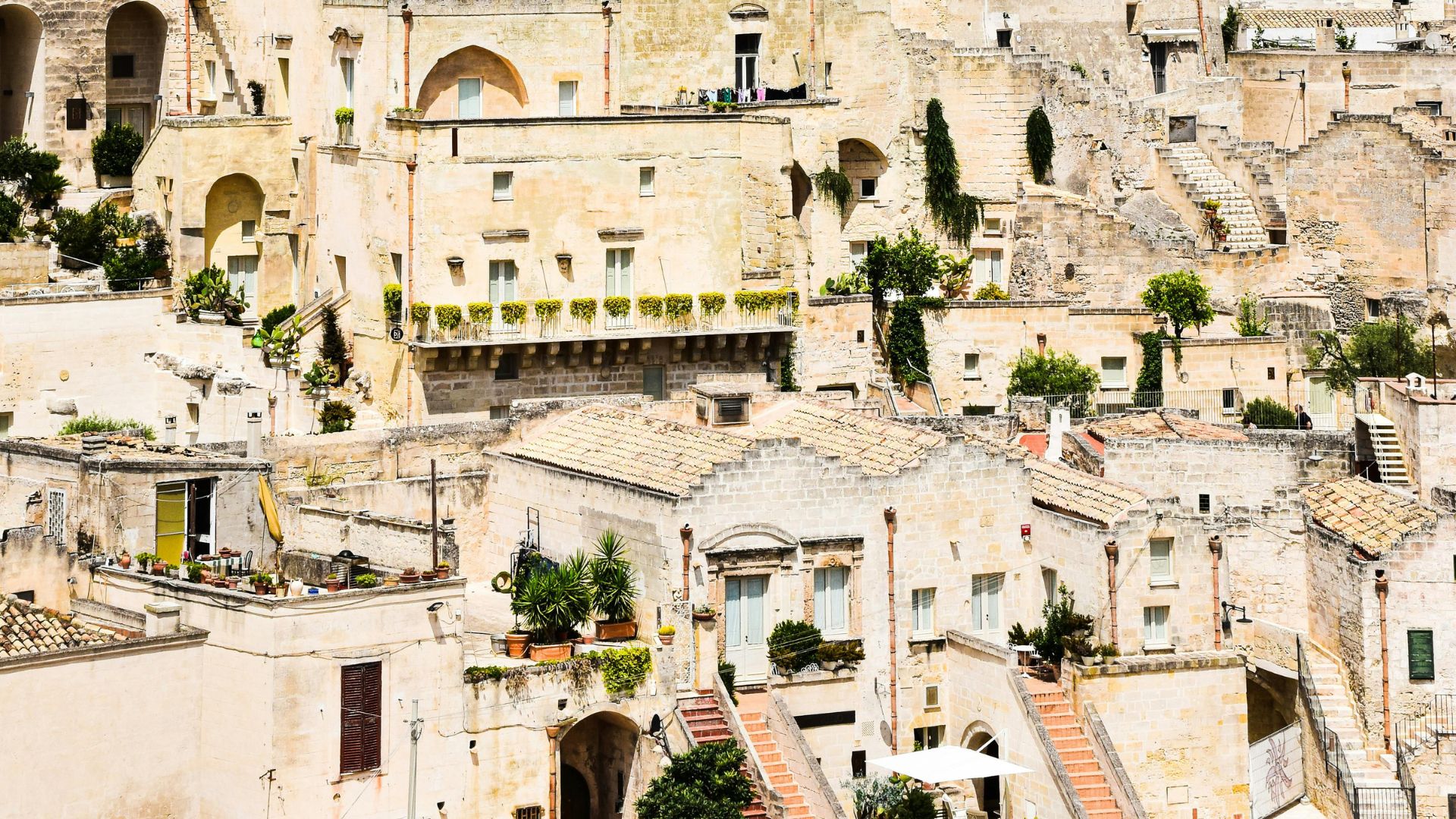
Location Scouting and Filming Logistics
Production designers love Matera because they barely need to add anything. I’ve chatted with location scouts who said they can film many scenes “as is,” just hiding a few modern touches.
The city packs a lot of filming spots into a small area. You’ll find cave churches and open plazas—great for representing Jerusalem’s markets—just minutes apart.
Local authorities have welcomed the film industry, making permits and support services much easier. This kind of cooperation smooths out production logistics compared to other historic sites.
The weather usually plays along, with lots of sunshine and little rain for most of the year. Matera’s natural acoustics help with sound, though the uneven ground can make setting up equipment tricky.
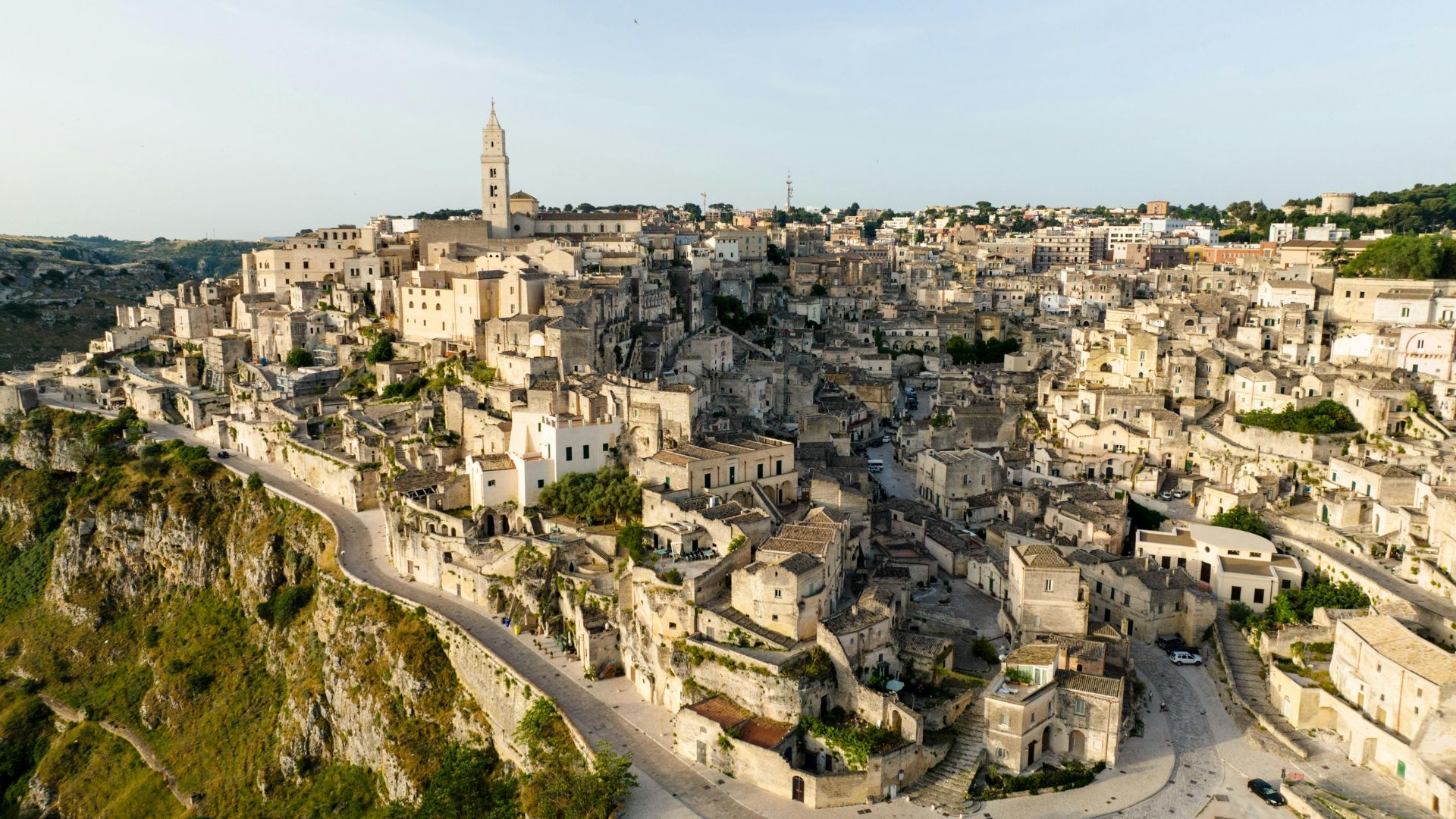
Iconic Biblical Epics Filmed in Matera
Matera’s ancient stone dwellings and dramatic landscapes have made it the perfect stand-in for biblical Jerusalem in so many famous films. Its timeless look lets filmmakers transport us to biblical times—no need for expensive sets.
The Passion of the Christ and Mel Gibson’s Vision
I was surprised to learn Mel Gibson picked Matera as the main location for “The Passion of the Christ” (2004). The city’s ancient caves became the backdrop for his intense take on Jesus’s final hours.
Gibson and Jim Caviezel, who played Jesus, used Matera’s stark landscape for the crucifixion scenes. The film stirred controversy with its violence, but the setting gave it a real sense of historical realism.
What struck me was how Matera’s old streets and buildings needed so little set dressing to become first-century Jerusalem. The natural geography—rocky and full of caves—fit the story of Jesus’s suffering and resurrection perfectly.
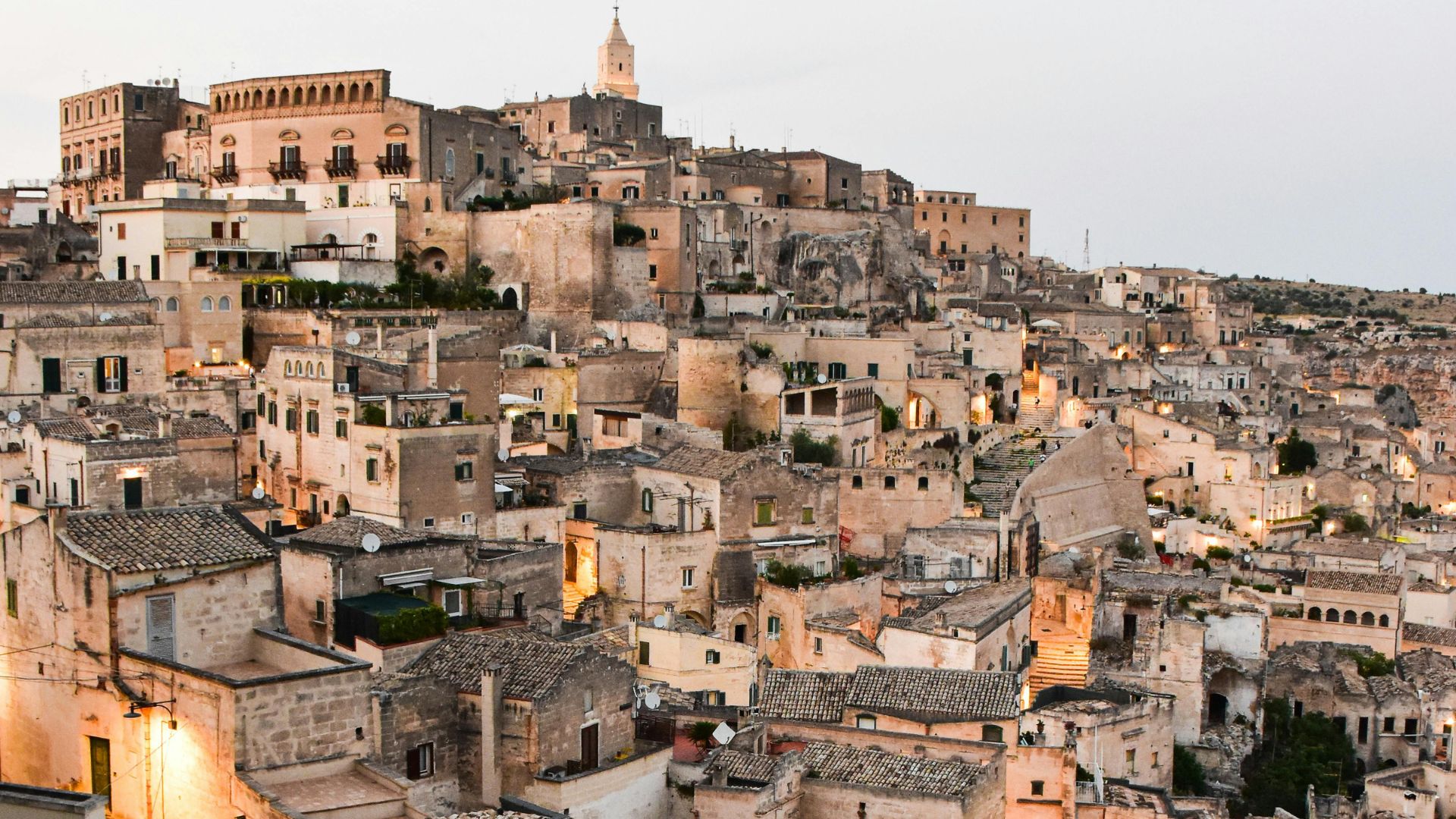
Mary Magdalene and Representation
When I toured Matera, local guides pointed out spots from “Mary Magdalene” (2018), which used the city to stand in for biblical Palestine. This film shifted focus to the female disciple’s view of Jesus’s ministry.
The filmmakers shot scenes of Mary following Jesus and witnessing miracles among Matera’s sun-baked stone buildings and winding paths. I found it fascinating how the same locations that felt brutal in Gibson’s film turned gentle and devotional here.
Unlike earlier epics, “Mary Magdalene” used Matera to show a more grounded, historically accurate version of daily life during Jesus’ time. The film balanced spiritual journeys with the rhythms of ordinary existence.
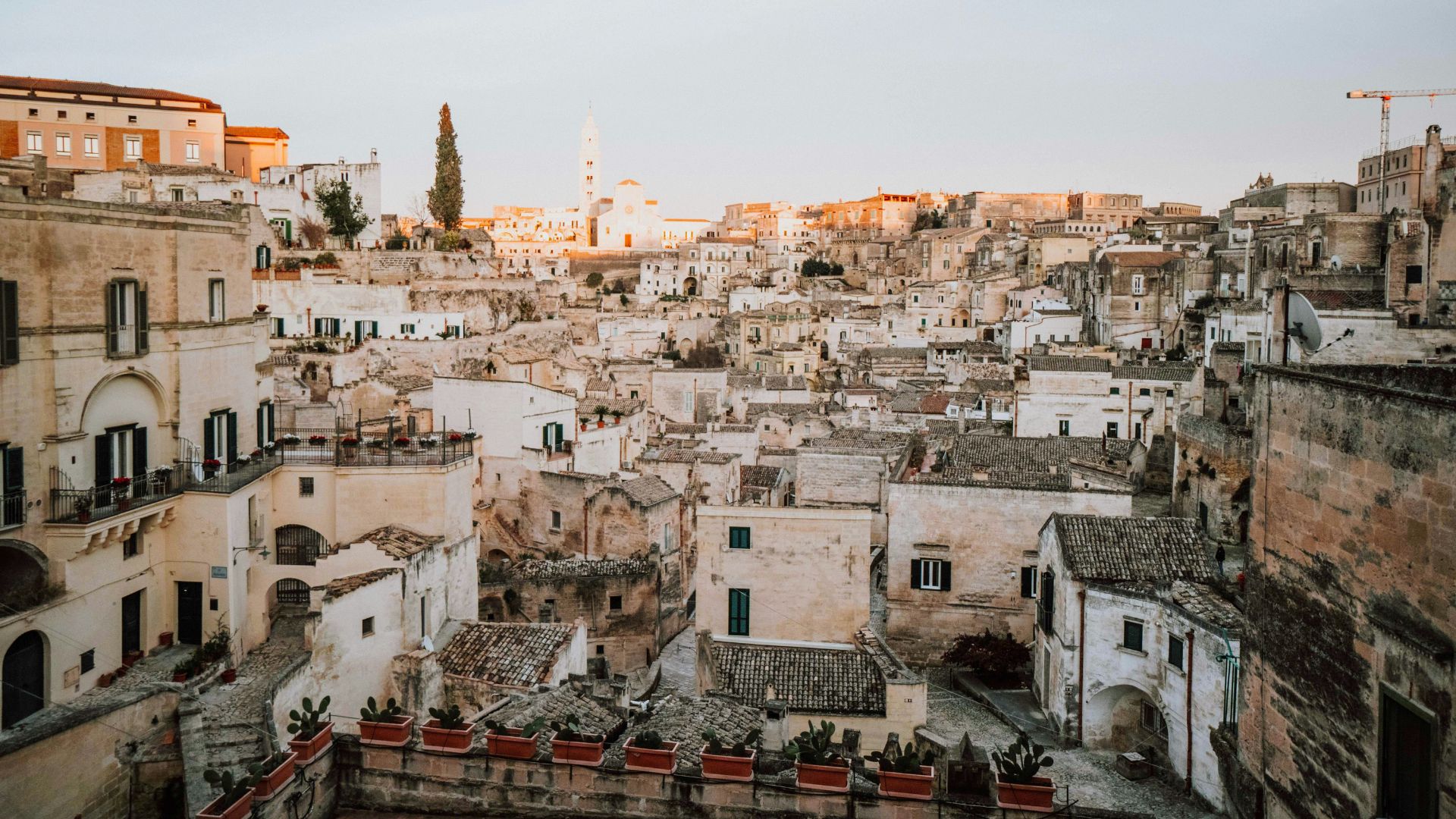
The Book of Clarence: A Modern Tale
I recently caught “The Book of Clarence” (2023), directed by Jeymes Samuel, which takes a fresh angle on biblical storytelling with Matera as the backdrop. LaKeith Stanfield stars as Clarence, a man trying to cash in on the rise of messiah figures.
This film stands out by mixing comedy with the traditions of biblical epics. Matera’s ancient streets become the stage for a story that pokes at faith but still respects spiritual journeys.
Samuel made clever use of Matera’s unique architecture, creating scenes that feel both ancient and oddly timeless. The cave dwellings and stone structures serve as the perfect setting for Clarence’s misadventures with disciples and supposed miracles.
The movie proves Matera can keep reinventing itself as a biblical backdrop, letting filmmakers explore new takes on old stories.
Matera on Screen: Film, Identity, and Popular Culture
Matera’s landscape has made it more than just a biblical backdrop. The city’s architecture has represented different historical periods, shaped how people see themselves, and even given a stage to stories about social struggle.
Matera’s Roles Beyond the Bible: Spartacus and Gladiator
I’ve always found it fascinating how versatile Matera is for filmmakers. While most people know it from biblical movies, the city has also played ancient Rome in epics like “Spartacus” and even parts of “Gladiator.”
The rugged terrain and stone buildings work perfectly as Roman-era settlements. Directors love how the caves and winding paths give a sense of ancient civilization—no need for massive sets.
On my visit, guides showed me where gladiator scenes were filmed, using the natural amphitheater-like formations as dramatic backdrops for stories of the Roman Empire.
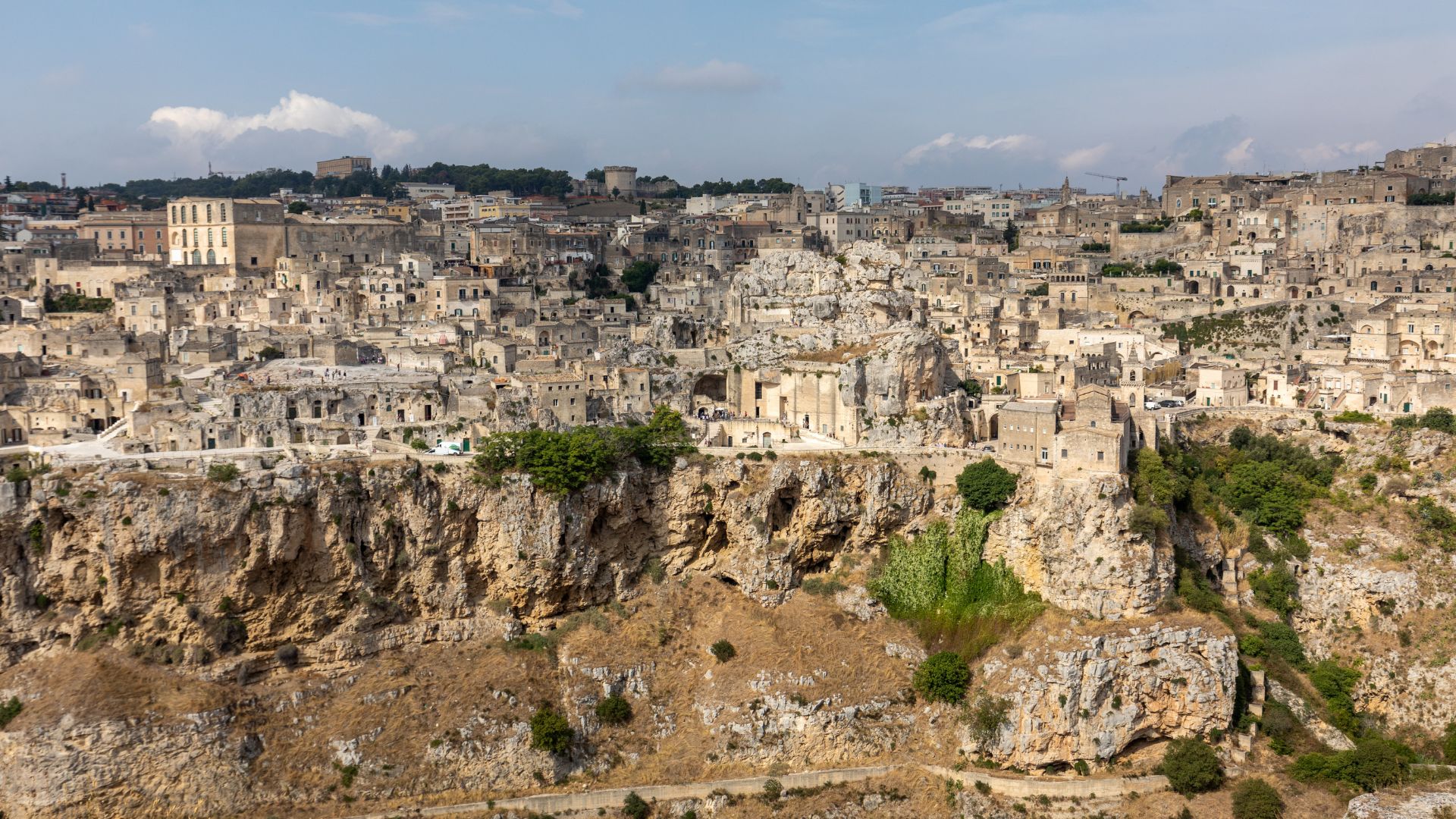
Cultural Identity and Global Reception
Walking through Matera, I noticed how film tourism has changed the city’s identity. Once labeled Italy’s “shame” for its poverty, Matera now leans into its cinematic fame.
Locals I met spoke with pride about seeing their city in international films. Movie memorabilia sits alongside traditional crafts in souvenir shops, blending popular culture with local identity.
The global buzz around films shot in Matera has sparked a fascinating cultural exchange. Tourists arrive with movie-inspired expectations, while locals juggle their real heritage with Hollywood’s version.
This ongoing conversation has revitalized Matera, bringing economic benefits. At the same time, the community faces the challenge of preserving its true character as fame grows.
Class, Race, Gender, and Resistance Narratives
What stands out to me about Matera’s film legacy is how often it serves as a backdrop for stories about oppression and resistance. The city’s history of poverty gives it a compelling edge for tales of class struggle.
Films set here often dig into social inequality, with the cave dwellings symbolizing the hardships faced by marginalized groups. Directors use the stark landscape to highlight racial and gender divides from the past.
In movies like “Spartacus,” Matera’s scenery emphasizes the tough conditions endured by slaves fighting Roman authority. The city’s layout—with wealthier neighborhoods up high and cave homes below—naturally shows class differences.
I’ve noticed female characters in Matera-based films often navigate patriarchal societies. Their stories play out against ancient backdrops that subtly reinforce their struggles and resilience.
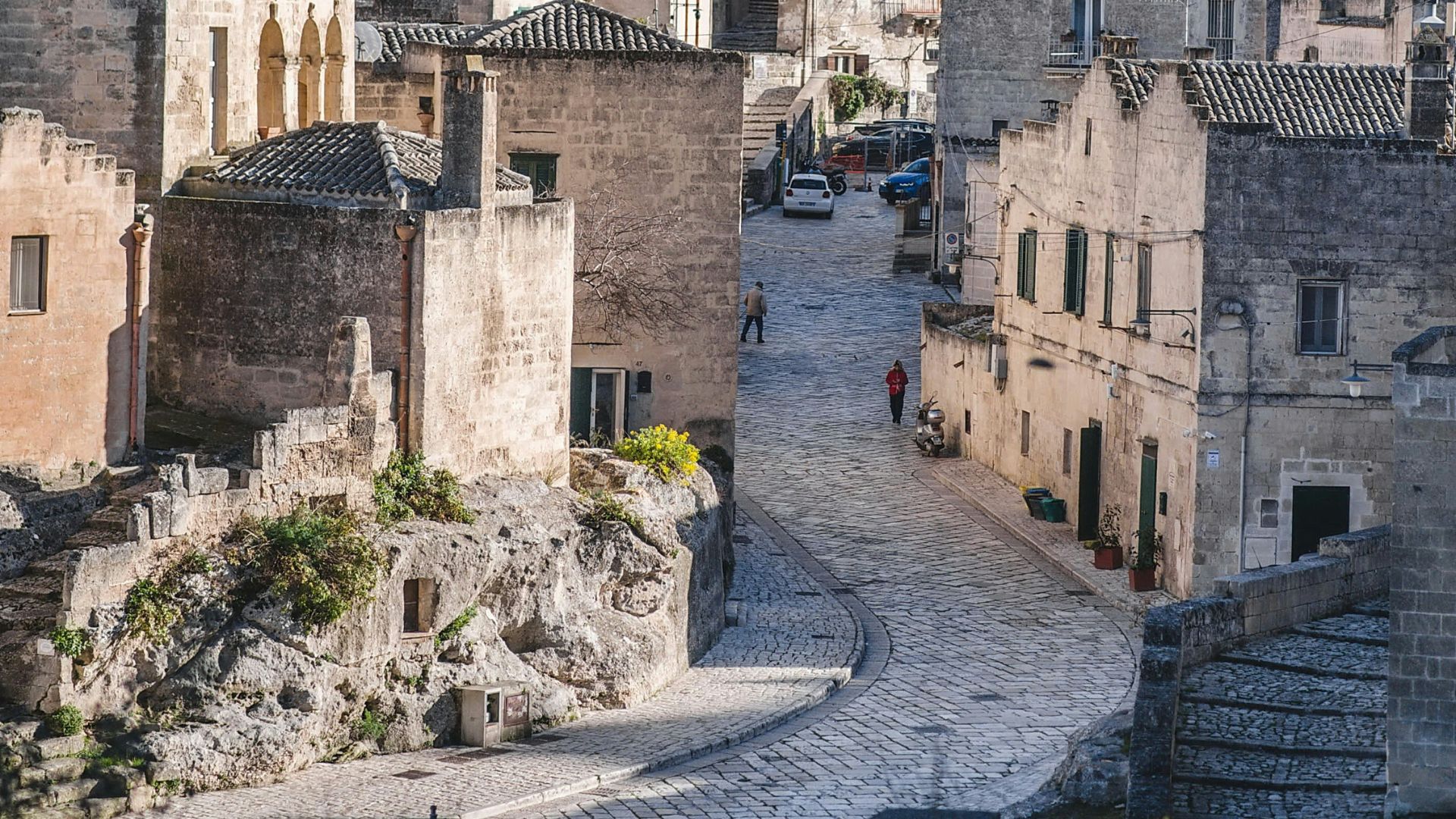
Behind the Scenes: Language, Production, and Filmmaking Innovation
Filmmakers who come to Matera face unique challenges, which have led to new ideas in language, production design, and special effects. These innovations have changed how we see biblical stories on screen.
Filming in Aramaic, Latin, and Creating Authentic Worlds
When I visited the set of “The Passion of the Christ” in Matera, I was blown away by the use of Aramaic and Latin instead of English. Director Mel Gibson wanted a more authentic experience, so the team brought in language experts to coach the actors.
The attention to detail didn’t stop at language. Production designers researched ancient clothes, tools, and buildings to get biblical Jerusalem just right. Crews temporarily modified many Matera buildings with set pieces that blended right in.
The costume department made hundreds of period-accurate outfits using traditional materials and old-school techniques. This dedication to authenticity helped turn Matera into a convincing ancient Jerusalem.
Revolutionizing Biblical Epics Since the 1950s and 1960s
Biblical films shot in Matera in the 1950s and 1960s—like “King of Kings” and “The Gospel According to St. Matthew”—changed the game for religious cinema. These movies broke away from studio-bound sets.
Directors realized that Matera’s real landscapes and cave homes gave them ready-made biblical settings. Building those on soundstages would have cost a fortune.
Pasolini’s choice to film “The Gospel According to St. Matthew” in 1964 was especially influential. He cast non-professional local actors and went for a neorealist style that brought raw authenticity to the story.

Videos, Special Effects, and Modern Production Challenges
Filmmakers in Matera now mix old-school techniques with high-tech tools. On my last visit, I saw crews flying drones for sweeping aerial shots and prepping green screens to digitally extend the ancient city.
Modern productions run into some unique headaches here. Matera’s popularity with tourists means film crews often work at dawn or late at night. They have to be careful to protect the UNESCO World Heritage site while transforming it for the camera.
Weather can throw curveballs too—sudden rainstorms sometimes damage sets or delay shoots. Still, Italy’s experienced crews and film tax incentives help productions get things done. The blend of Matera’s timeless look and modern tech keeps drawing filmmakers who want to create compelling biblical worlds.
Matera’s Biblical Legacy: Inspiration, Travel, and Impact
Matera’s ancient stone facades and cave dwellings have given filmmakers the perfect canvas for biblical stories. Directors from around the world keep coming here, searching for authentic settings for their historical and religious narratives.
Travel Tips for Visiting Matera’s Filming Locations
When I visited Matera, I honestly couldn’t believe how easy it felt to walk in the footsteps of cinema legends. If you want the best atmosphere, go early in the morning or late in the afternoon—the way the light hits the Sassi districts then is just unreal.
Most famous scenes happened in Sasso Caveoso, and you can get there on foot without much trouble. Trust me, you’ll want comfortable shoes because those stone streets aren’t exactly forgiving—they’re steep and a little unpredictable.
For photos, I always head to the panoramic viewpoint near Piazza San Pietro Caveoso. From there, you get the same sweeping views you see in movies like “The Passion of the Christ.”
Local guides run film-focused tours that take you straight to the spots from specific movies. These tours usually cost around €25-35 and last about two or three hours.
A lot of the filming locations double as working museums or churches. It’s worth checking the opening hours before you go.
Biblical Legends: From King David to Modern Interpretations
Matera’s landscape has stood in for all kinds of biblical settings, from King David’s ancient Jerusalem to the streets where Jesus walked. There’s something about the city’s timeless vibe that just fits different eras.
Pasolini kicked off the trend with “The Gospel According to St. Matthew” (1964). He turned Matera’s cave dwellings into powerful religious imagery, using non-professional actors and stark black-and-white shots for a gritty, real feeling.
Mel Gibson’s “The Passion of the Christ” (2004) put Matera on the map. He used its ancient streets to recreate Jerusalem, and filmed the crucifixion scenes out by the rocky ravine just outside the city.
More recently, films like “Mary Magdalene” (2018) and “Ben-Hur” (2016) have found new ways to capture Matera’s biblical atmosphere.
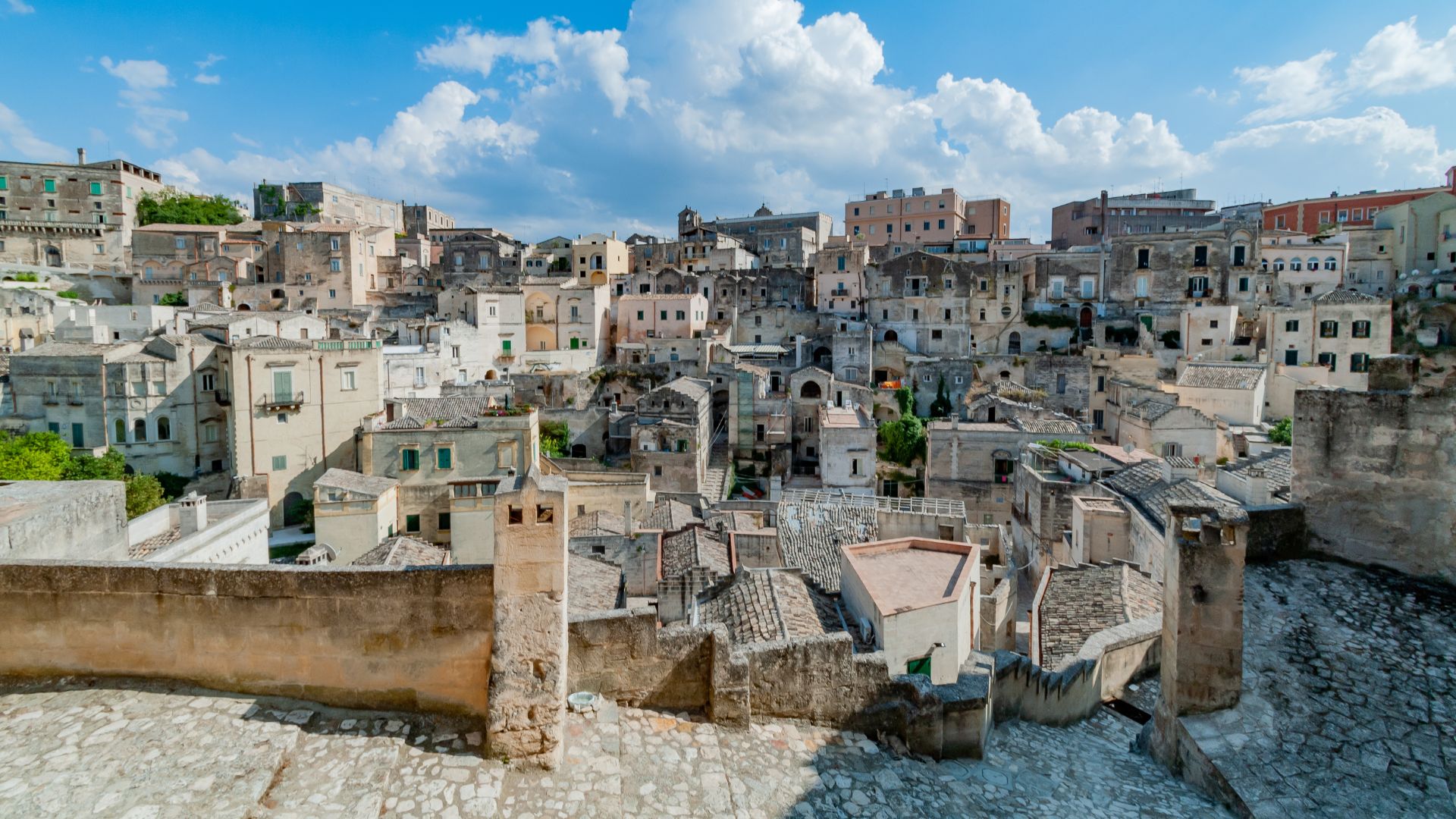
Comparing Biblical Cinematic Backdrops: Mesopotamia, Egypt, and Beyond
I’ve checked out a bunch of film locations, but honestly, nothing quite matches Matera’s authenticity. Morocco often stands in for ancient Egypt, and Jordan fills in for Mesopotamia, but Matera brings something different—you’re walking through actual ancient homes, not just movie sets.
Biblical films set in Egypt usually use the deserts near Ouarzazate, Morocco. Those landscapes have the right scale, but they just don’t have Matera’s architectural depth.
For Mesopotamian scenes, filmmakers often rely on big sets or digital tricks. Matera, though, barely needs any changes to transport viewers to another time.
Spain’s Almería region sometimes competes with Matera for these productions. Its semi-desert look gives a totally different vibe—more empty, less textured than Matera’s layered stone city.
Studios in Hollywood used to build huge Egyptian and Middle Eastern sets, but these days, filmmakers seem to prefer real places like Matera. And honestly, who can blame them?
From Matera to Urban America: Nationalism and Global Influence
Matera’s cinematic identity has shaped filmmaking far beyond just biblical stories. Honestly, I’ve seen how its unique look leaves a mark on urban storytelling in all sorts of places.
In American cinema, directors often borrow Matera’s cramped, vertical architecture when they show immigrant neighborhoods. That style connects ancient communal living to the chaos and closeness of modern city life.
You can spot echoes of Matera in films like “The Godfather II,” especially when they recreate early 20th century New York. It’s a visual language that just sticks with you.
Nationalist cinema movements in Asia picked up on how Matera turned poverty into something almost poetic onscreen. Korean directors like Park Chan-wook have used that same idea to show their country’s fast-paced modernization.
Japan’s post-war filmmakers noticed similarities between Matera’s stone homes and their own traditional buildings. Both styles seem to focus on the idea of community and shared spaces, which feels pretty universal, doesn’t it?
Chinese filmmakers have also paid attention to how Matera went from being called a “national shame” to a cultural treasure. That transformation lines up with China’s own complicated feelings about its old neighborhoods in today’s world.

